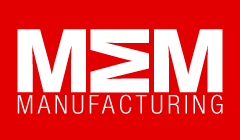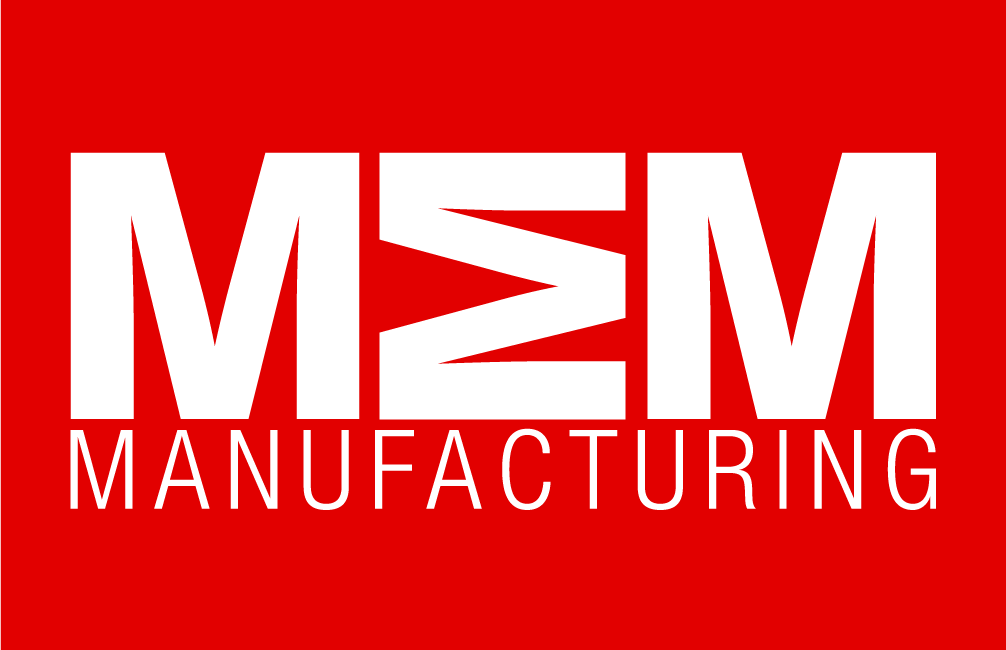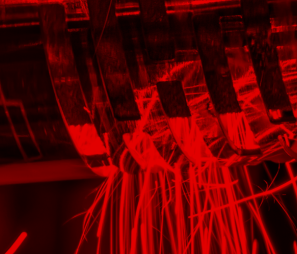Customized equipment is vital in various sections of military defence. The development of 3D printing gives government, military and defence manufacturers the freedom to design essential products efficiently to ensure low volume tooling while building complex and precise prototypes to further design from.
Using an object printer helps to cut the development cycle time by approximately 25-40% with the cost of such developments being reduced by as much as two thirds. 3D printing, particularly when done at home which is becoming increasingly accessible, enables a design to be produced in high quality with moving parts as a realistic prototype. This comes at a relatively low cost compared to other methods such as outsourcing or machining. This advancement means teams can use prototyping on projects where previously this wasnât feasible due to cost or time considerations. Essentially this means products such as weaponry can be created quickly as a prototype before final edits and advancements can be made.
In relation to functional testing, more options for efficient prototypes means more opportunities for evaluating whether parts will or will not function as originally intended without losing essential time and money. Such prototypes allow for designers and manufacturers to be aware of potential flaws before incurring any exponentially high costs of re-tooling and re-working an idea. The reduce of risk and cost is allowing more products to be introduced into the military successfully.
Having the ability to quickly produce real working prototypes which can be seen and touched by teams of creatorâs aid to bridge the gap between virtual CAD design and final production. Manufacturing and design engineers can use such prototypes as successful tools to better communicate how a design feels, looks and operates. Which allows the product to integrate with manufacturing with little if any problems at an earlier stage than previous development processes.
By being able to create various products with such ease and at a lower cost is ultimately changing the way governments and the military behave with their manufacturers and design engineers. Ensuring they get crucial products on a quicker time scale and via a more efficient process.
















